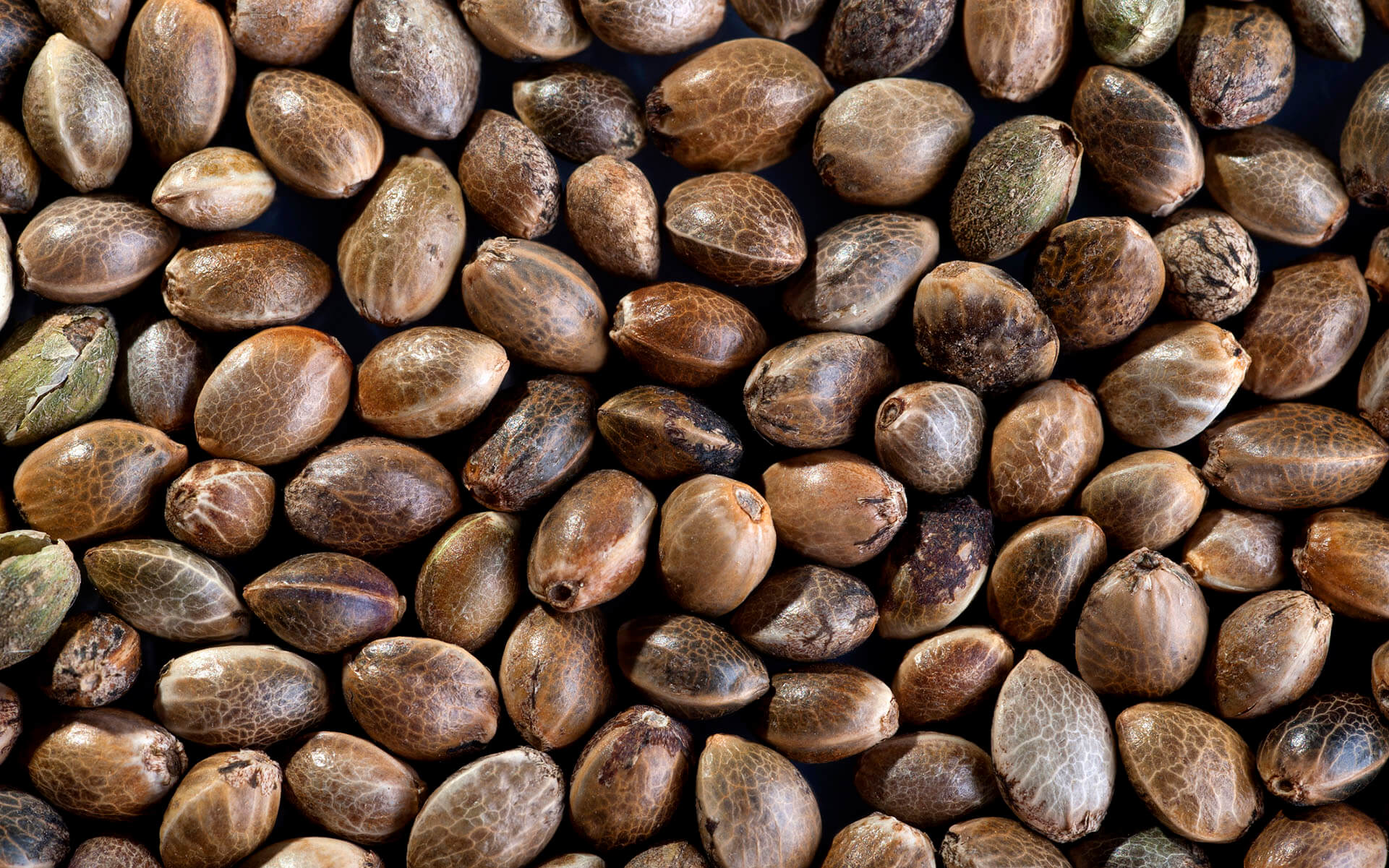Hashish, a plant with a prosperous history relationship back 1000’s of years, has just lately taken center stage in conversations about biodiversity. As more international locations embrace the legalization of hashish, it truly is vital to have an understanding of the influence of hashish cultivation on biodiversity, particularly through the lens of its seeds. In this article, we will check out the intricate partnership concerning hashish seeds and biodiversity, shedding light on the worth of sustainable techniques in nurturing a varied and resilient ecosystem.
The Origins of Hashish and Seed Range:
Hashish, scientifically recognised as Hashish sativa, is believed to have originated in Central Asia. Over this website , it has distribute throughout the globe, adapting to several climates and ecosystems. The plant exhibits an astonishing diversity in its genetic make-up, ensuing in a myriad of strains, each and every with its exceptional established of characteristics.
Cannabis seeds, the foundation of this botanical range, have the genetic information and facts that establishes the plant’s characteristics, which includes its growth patterns, cannabinoid written content, and resistance to pests and diseases. This genetic diversity is a very important ingredient of biodiversity, contributing to the overall wellness and resilience of ecosystems.

Biodiversity Rewards of Hashish Cultivation:
Genetic Resilience:
The diversity of hashish seeds makes sure that some strains are greater suited to certain environmental conditions. This genetic resilience turns into specially crucial in the facial area of local weather transform, as particular strains may well show more adaptable to shifting temperature patterns, aiding ecosystems face up to environmental issues.
Pest and Ailment Resistance:
A numerous array of cannabis strains suggests varying ranges of resistance to pests and illnesses. By cultivating different strains, farmers can lower the reliance on chemical pesticides and foster a extra balanced and natural solution to pest administration. This, in switch, promotes a much healthier surroundings for other flora and fauna in the ecosystem.
Soil Wellness and Nutrient Biking:
Hashish, when built-in into a various crop rotation technique, can add to soil wellness and nutrient biking. Selected strains have particular interactions with soil microorganisms, improving the soil’s fertility and all round ecosystem health. This promotes a more sustainable and regenerative agricultural tactic.
Difficulties to Hashish Seed Biodiversity:
Monoculture and Genetic Erosion:
The escalating need for distinct cannabis strains has led to monoculture practices, where by significant regions are dedicated to cultivating a one strain. This monoculture can consequence in genetic erosion, the place the variety within just the cultivated strain diminishes above time, building the whole crop extra inclined to pests and ailments.
Loss of Native Strains:
As business cultivation expands, there is a threat of neglecting or displacing native cannabis strains. These native strains may possibly possess unique genetic qualities that are necessary for the lengthy-term sustainability of neighborhood ecosystems. The reduction of this kind of strains could have considerably-achieving penalties on biodiversity and ecosystem balance.
Sustainable Techniques for Hashish Seed Biodiversity:
Crop Rotation and Diversification:
Employing crop rotation with other suitable vegetation can crack the cycle of pests and illnesses unique to hashish. Diversifying cultivation tactics allows maintain a healthy equilibrium inside of the ecosystem and stops the overreliance on a one pressure.
Seed Banking and Conservation:
Creating seed banks dedicated to preserving a various collection of cannabis seeds is crucial for safeguarding genetic sources. Conservation initiatives should really prioritize native strains, making certain their availability for potential generations and possible use in restoring ecosystems.
Group Involvement and Education:
Partaking neighborhood communities in sustainable hashish cultivation techniques is important. Instruction about the worth of biodiversity, seed preserving, and sustainable farming methods empowers farmers to make knowledgeable alternatives that reward the two their livelihoods and the atmosphere.
Summary:
Hashish seeds enjoy a pivotal purpose in retaining and maximizing biodiversity in ecosystems. As the hashish field proceeds to evolve, it is imperative to prioritize sustainable cultivation practices that nurture and preserve the genetic variety of this extraordinary plant. By embracing a holistic strategy to hashish cultivation, we can not only reap the rewards of varied strains but also lead to the overall health and resilience of our pure world.